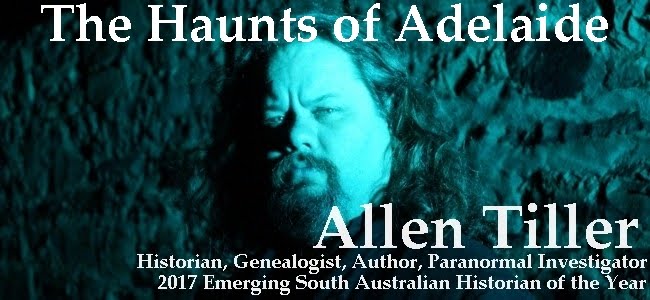Death in the
Victorian Era part 7:
Cemetery Design and Symbolism
Cemetery Symbolism was alive and well in Victorian Era
England and a lot of what we see today in our own Australian Cemeteries hark
back to this period, some symbology though has been adapted to Australian
conditions and way of life.
There is a huge
amount of symbology to be found in cemeteries, and it is something have written
about previously on my other “Eidolon Blog”
From Freemason,
Catholic, Anglican and family symbology, to Gothic-influenced statues, urns,
broken columns, Military, sailing and Egyptian obelisks, there is some great
artistry in the Victorian Era cemeteries. Catacombs, Family mausoleums and Crypts
were also found amongst the grandiose cemeteries that the Victorian Era brought
into being (for South Australian cemetery symbolism you cannot go past West
Terrace Cemetery, The Seppelt family mausoleum at Seppeltsfield or the Jesuit
Crypt under St Aloysius Church at Sevenhill)
In 1832 the English Parliament passed a bill encouraging the
establishment of seven private cemeteries in a ring around outer London. The
first to open, in 1832, was Kensal Green, followed by West Norwood (1837),
Highgate Cemetery (1839), Nunhead (1840), Brompton (1840), Abney Park (1840),
and Tower Hamlets (1841).

These new cemeteries were seen by the middle class of England as extensions of their social status and a way to immortalise their family names, through monuments to their dead.
The graves of the
period were extremely ornamental and were built to be symbolic of the family,
or of the interests of the deceased. One could expect religious symbolism,
crosses, Angels, the HIS inscription or passages from the Bible.
Some would symbolise the working nature of a person, an anchor for a sailor, a horse and whip for a coachman or a sword for a military officer. Other families preferred symbols of death, such as skulls, the reaper or funeral urns.
What is most curious about a lot of the symbology in early Victorian Cemeteries is how many graves feature pagan, Egyptian or Roman symbology. Perhaps the people of the era did not put too much thought into their choices and chose from only what appealed to them, or perhaps it has a deeper meaning within a family to be represented by a mystical pyramid.
There was also, amongst some of the religions, such as Methodism and Protestants, not to have anything that could be remotely seen as Catholic-inspired upon their graves, forsaking the use of crosses, angels, and bibles etc for other things such as torches, wreaths or “holding hands”.
With the slowly rising popularity of cremation, and the
upcoming World Wars, Cemetery burials and monuments began to change during the
Edwardian period, and today in our age, the modern cemetery is very rarely
decorated with such ornate, beautiful imagery as it was in the Victorian Era.
Next Week: Death in the Victorian Era part 8: Coffins
Follow on Facebook:
https://web.facebook.com/TheHauntsOfAdelaide/


No comments:
Post a Comment